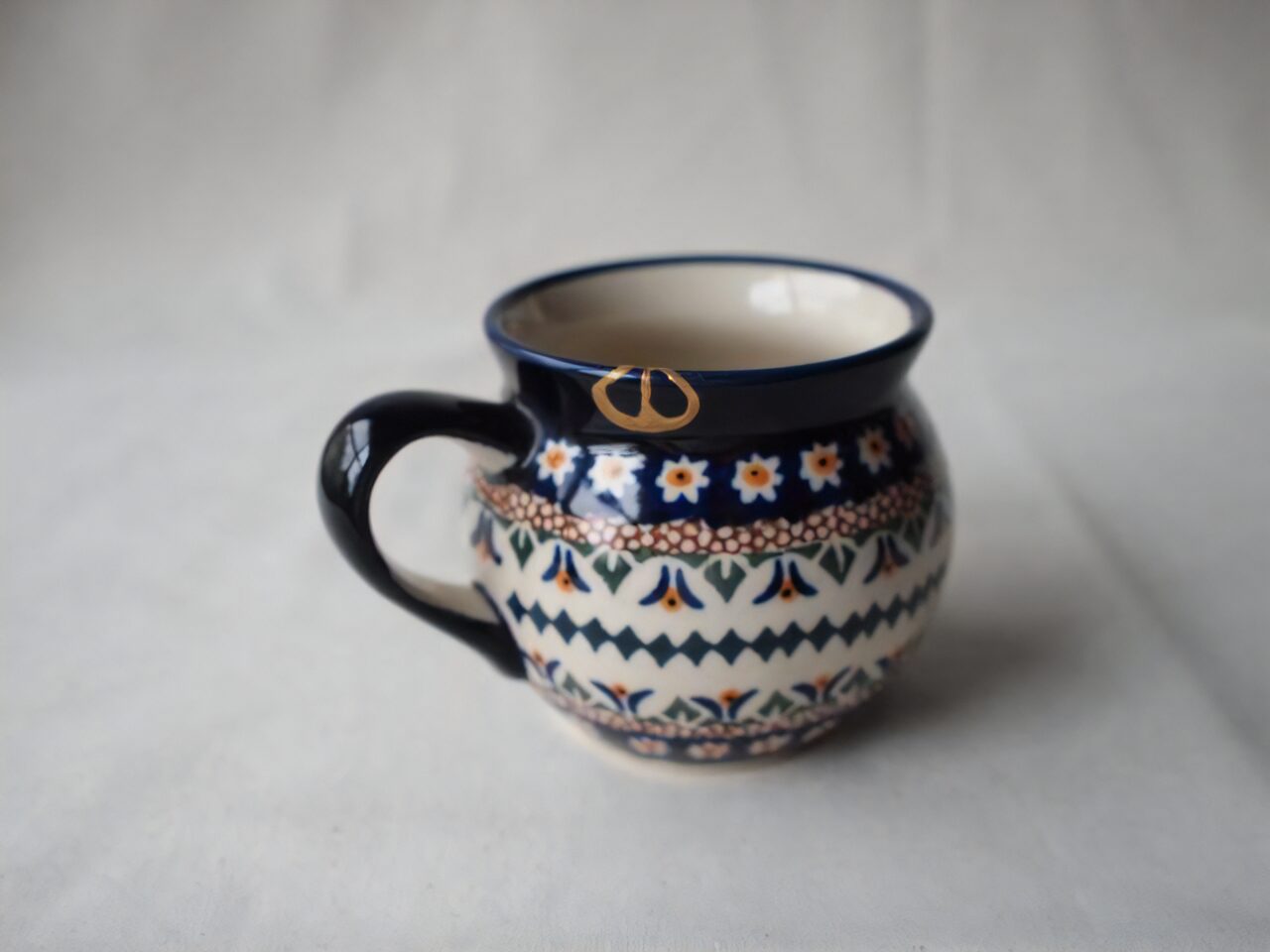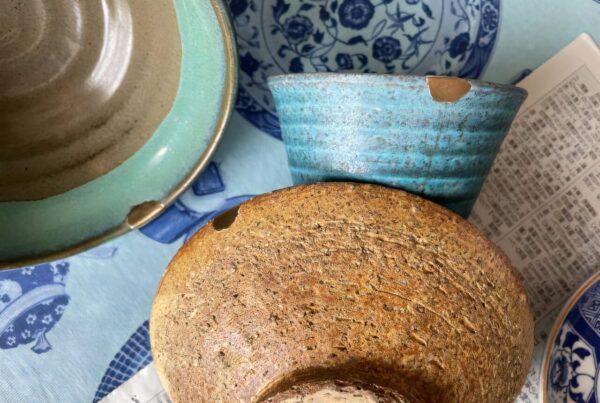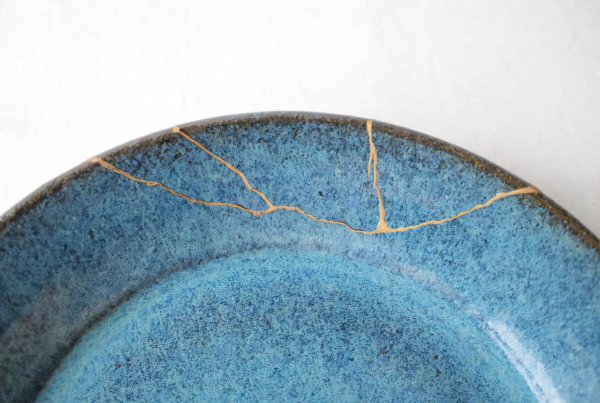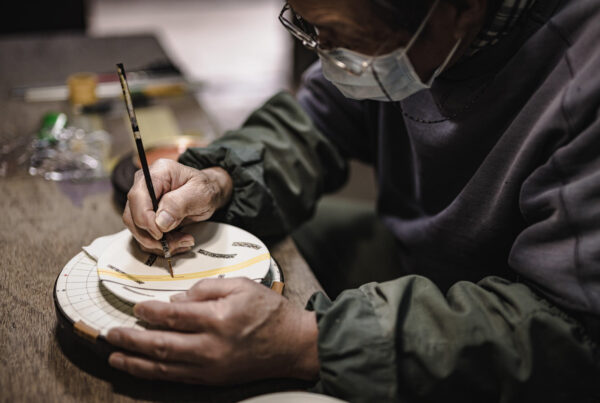Kintsugi, the traditional Japanese art of repairing broken pottery using lacquer mixed with gold or silver, is experiencing a remarkable resurgence in popularity across the globe.
In the past decade, the awareness and admiration for kintsugi and its underlying philosophy have seen a significant rise, drawing interest from practitioners and enthusiasts alike. This resurgence can be attributed to various factors, including contemporary cultural trends, the impact of the pandemic, and the influence of international artists incorporating kintsugi themes into their work.
This article delves into the primary reasons behind the growing fascination with kintsugi, offering insights into how this ancient art form resonates with modern values and lifestyles.
1.Cultural Trends: Embracing Individuality and Imperfections
One of the core reasons for kintsugi’s increasing appeal lies in the contemporary cultural trend of embracing individuality and imperfections. Today’s society is steadily moving towards accepting diversity and recognizing the unique value in every individual’s uniqueness. This shift is closely linked to a rise in self-esteem and the widespread acceptance of diversity.
Media representations, such as Disney’s “Frozen,” epitomize this trend, demonstrating how stories of personal acceptance and overcoming challenges can inspire and resonate with many. Furthermore, movements like body positivity and the embrace of natural appearances highlight a growing trend towards accepting individuality.
Kintsugi’s philosophy of finding new value and beauty in broken or damaged items aligns perfectly with these contemporary values, resonating with people’s desire to honor and celebrate history and imperfections.

2.The Rise of Mindfulness and Meditation
The rise in interest towards mindfulness and meditation also plays a crucial role in kintsugi’s popularity. In a world increasingly fraught with stress, many seek peace and well-being through mindfulness and meditation, practices that have gained more attention during the COVID-19 pandemic as people had more time to reflect on their mental health.
Kintsugi offers a meditative practice through the careful and mindful repair of broken objects, providing an opportunity for concentration and introspection. This process not only physically repairs items but also promotes healing and renewal on a psychological level, similar to the benefits of mindfulness and meditation
3.Commitment to Sustainability
Sustainability efforts have further contributed to the art’s appeal. With a growing emphasis on protecting the Earth’s resources and ensuring a healthy environment for future generations, the concepts of recycling and reuse have become more prominent.
Kintsugi embodies these principles by breathing new life into damaged items and extending their lifespan, thereby deepening the relationship between people and their possessions. This practice not only repairs but also enhances the beauty and significance of objects, promoting a sustainable and mindful approach to consumption.
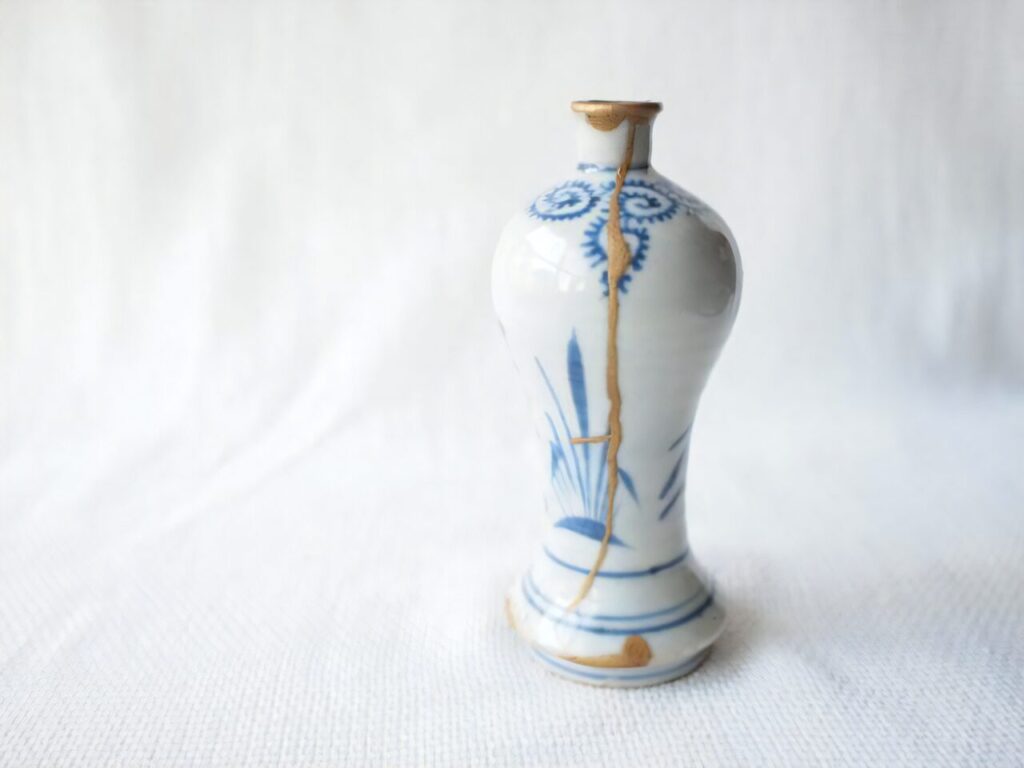
4.Rekindled Interest During the Pandemic
The pandemic-induced periods of self-isolation led to a renaissance in hobbies and interests, including kintsugi. As people spent more time at home, many looked for new hobbies, and kintsugi, with its accessible materials and tools, emerged as a popular choice. The practice not only offered a fulfilling activity during lockdowns but also encouraged a deeper appreciation for possessions and sustainable consumption.
5.International Fascination with Kintsugi
Kintsugi’s growing international appeal is evident across various creative fields, including art, music, fashion, and film. For instance, the American indie rock band Death Cab for Cutie’s album titled “Kintsugi” and Lana Del Rey’s song sharing the same name highlight the art’s influence in music. Moreover, kintsugi-inspired designs in popular culture, such as in “Star Wars: The Rise of Skywalker,” have further spread awareness of its philosophy and aesthetics.
These cultural and artistic expressions have played a significant role in deepening the understanding and appreciation of kintsugi’s beauty and philosophy, captivating audiences worldwide.

(Image from Lana Del Rey’s Youtube channel)
Conclusion
In conclusion, the surge in kintsugi’s popularity can be attributed to a confluence of factors, including changes in cultural trends, a growing focus on mental health and sustainability, the rediscovery of the art as a hobby during the pandemic, and its international creative impact. These elements have elevated kintsugi from a mere traditional craft to a cultural symbol that resonates with contemporary values and lifestyles.
As global awareness and appreciation for kintsugi continue to spread, more people are likely to embrace its practice and philosophy, finding in it a fascinating hobby that allows for quiet reflection and the enhancement of value in cherished items.
Consider beginning your journey with kintsugi, a practice that offers not just a way to repair but to transform and elevate the ordinary into extraordinary.

